How to bake coffee, soft beans and hard beans? What are the roasting techniques for coffee beans with different densities? What is it?
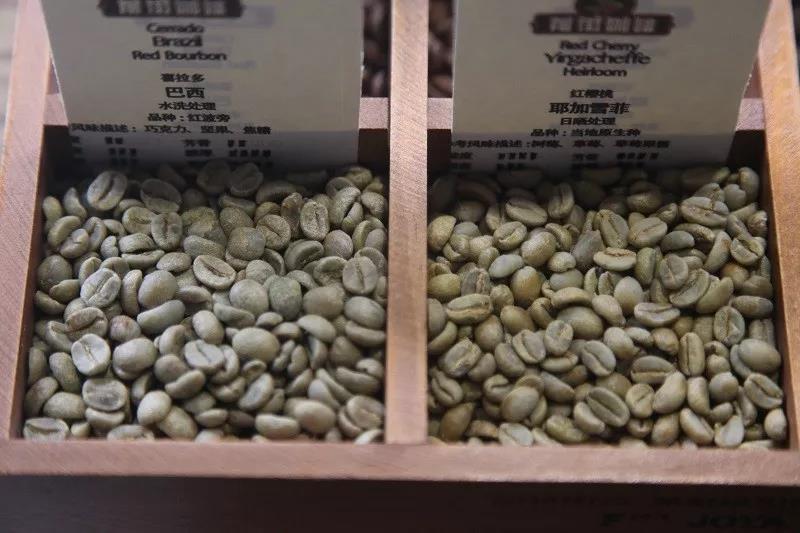
Professional coffee knowledge exchange more coffee bean information please follow the coffee workshop (Wechat official account cafe_style)
How to bake coffee, soft beans and hard beans? What are the roasting techniques for coffee beans with different densities? What's the difference in taste?
Hard bean coffee is coffee that grows at a relatively high altitude, while coffee grown at a lower altitude is generally considered soft bean coffee. Higher altitude and lower temperature make the fruit ripen more slowly, and form harder and less porous coffee beans. Hard bean coffee usually has higher acidity and more flavor, although sometimes there are some exceptions. The distinction between hard beans and soft beans is often used to assess the grade of coffee in Central America.
Hard beans (hard beans/HB) and soft beans (soft bean/SB) are two basic ways to describe coffee bean density. Of course, there are also very hard beans (strictly hard bean/SHB) and very soft beans (strictly soft bean/SSB).
Coffee beans that grow above 1220-1370 meters above sea level are called hard beans. The above definition varies slightly from country to country. The purpose of this paper is to briefly describe the general problems about the effect of coffee bean density on roasting.
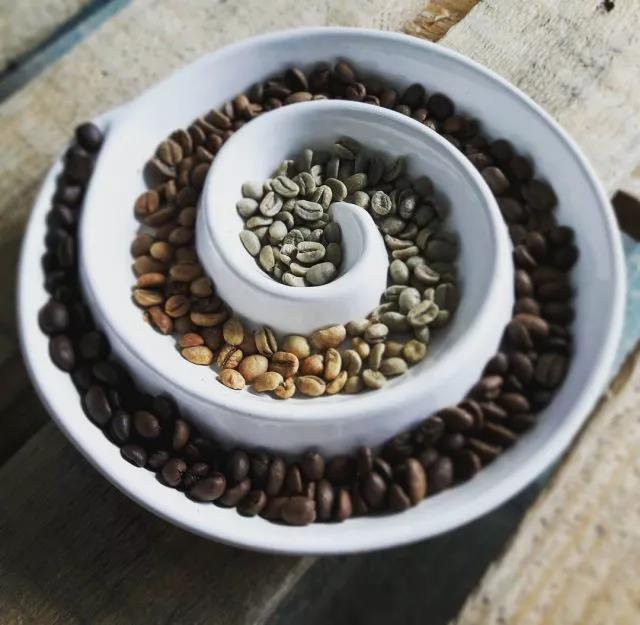
What causes the density of raw coffee beans?
Many people say that the higher the altitude, the better the quality of coffee. This view is not comprehensive, but it should also be said to be true. Altitude is related to the density of coffee.
The temperature at high altitude is generally lower (of course, we also consider the distance from the equator to the coffee growing area). The lower temperature at high altitude has a great influence on the growth of coffee. Although the growth of coffee needs hot climate, the lower temperature can slow down the ripening rate of coffee, and the slower growth and ripening rate of coffee can increase the density of coffee. The density of coffee beans in high altitude areas is higher than that in low altitude areas. High-density coffee beans are popular because of their high sugar content, complete flavor development and high acidity.
Coffee grown at low altitude has more cells (holes in the cross section of vascular tracheids) because of higher temperature, faster ripening (short maturity).
Altitude is only one of the factors that affect coffee density and is easy to measure. Other factors such as climate change, coffee variety, treatment, and soil quality also affect coffee density. It should be pointed out that the density of coffee is also related to the water content of coffee, which means that the freshness of coffee berries, quality control in the process of treatment, and storage will also affect the final density of coffee.
How to distinguish between hard beans and soft beans?
Observe the middle line of raw coffee beans. The more open the middle line is, the smaller the density of coffee beans is. If the middle line of the coffee bean is closed, its density will be higher.
The density of coffee can be calculated in a scientific way, and observing the middle line is the easiest way.
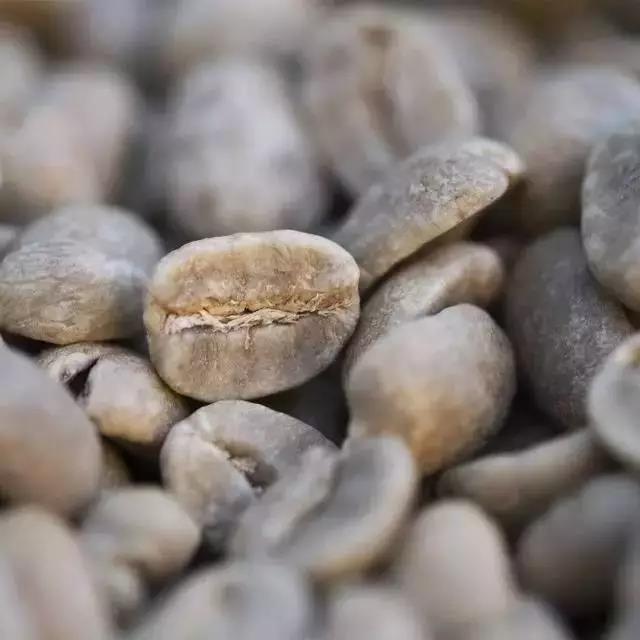
How to bake hard beans, soft beans
First of all, there is no magic or formula for roasting coffee, and there are too many variables involved in roasting.
However, people can sum up useful guiding principles through practice. The absorption capacity of hard beans to heat energy (the reaction to heat energy) is better than that of soft beans, so the development of its flavor is more complete. On the other hand, hard beans have high density and high water content, which also hinders the heat transfer. Use more firepower and higher bean temperature when baking.
Soft beans, whose structure is not as strong as hard beans, have more airpocket in its structure, which will slow down the transfer of heat to the inside of the coffee, so if you use too much firepower to bake soft beans in the baking process, it will cause the bean surface temperature to be too high, resulting in coke and baking defects (scorching). When baking soft beans, the starting temperature should be lower. At the same time, the overall baking time of soft beans should be longer.
Density is important, but not all of baking.
The density of coffee beans and coffee roasting are not only a matter of altitude, there are too many different types of coffee beans, and the storage time of coffee beans also affects the density.
Record the data before baking, the water content, density, origin, treatment method, ambient temperature and humidity in the baking room, etc., and plan your baking curve. Recording the chemical and physical changes during the baking process will help you better understand the final baking results and help improve the baking curve.
Hard beans can provide room for flavor development, you can use a higher baking temperature to bake hard beans, if the baker does not understand the characteristics of raw beans, just copying other people's baking curve will not achieve the desired baking effect.
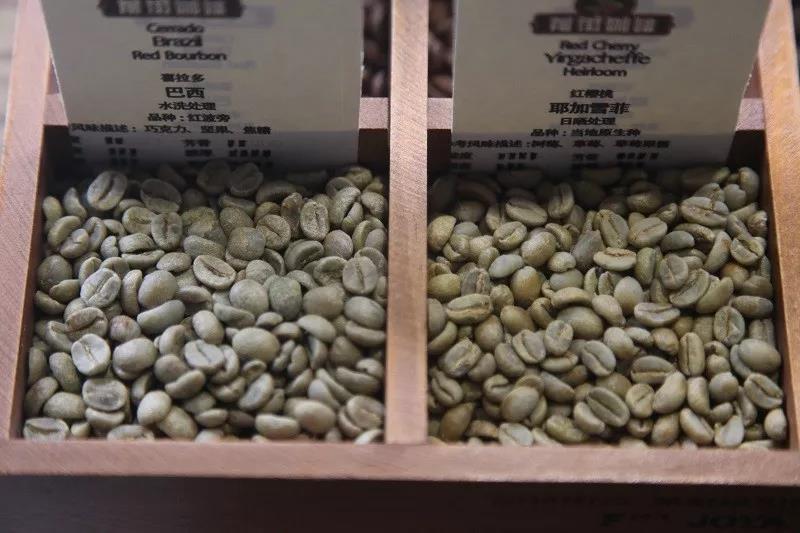
Brazil belongs to soft beans and Ethiopia belongs to hard beans.
For instance
Commercial Minas South Brazil: coffee raw beans are of high moisture and good quality
Brazilian flavor characteristics: comfortable sweet and bitter taste, the entrance is very smooth; with a hint of grass, the fragrance is slightly bitter; smooth and smooth, the aftertaste can be pleasant
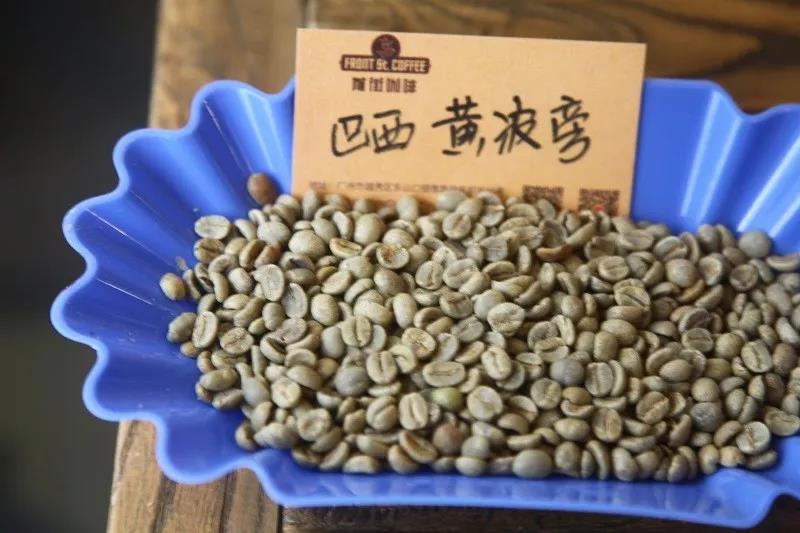
Water content: 11.7%
Brazilian coffee generally grows at an altitude of 1000-1300 meters above sea level, so its density is relatively low. Bourbon is mostly in the sun and half in the sun; the water content is moderate, the bean quality is soft, and the thickness from the bean surface to the bean core is thin, so it is not suitable for baking at too high temperature. The temperature on the inner wall of the boiler will scald the bean surface, so it will taste bitter.
At the same time, if we want to show the characteristics of good thickness of nuts, milk chocolate and alcohol, and serve as a matching base, we choose to throw beans over medium heat, keep the firepower to the stage of dehydration, and fine-tune as the temperature rises after the first explosion. promote the caramelization reaction more fully, heating up to near the second explosion can arrange beans.
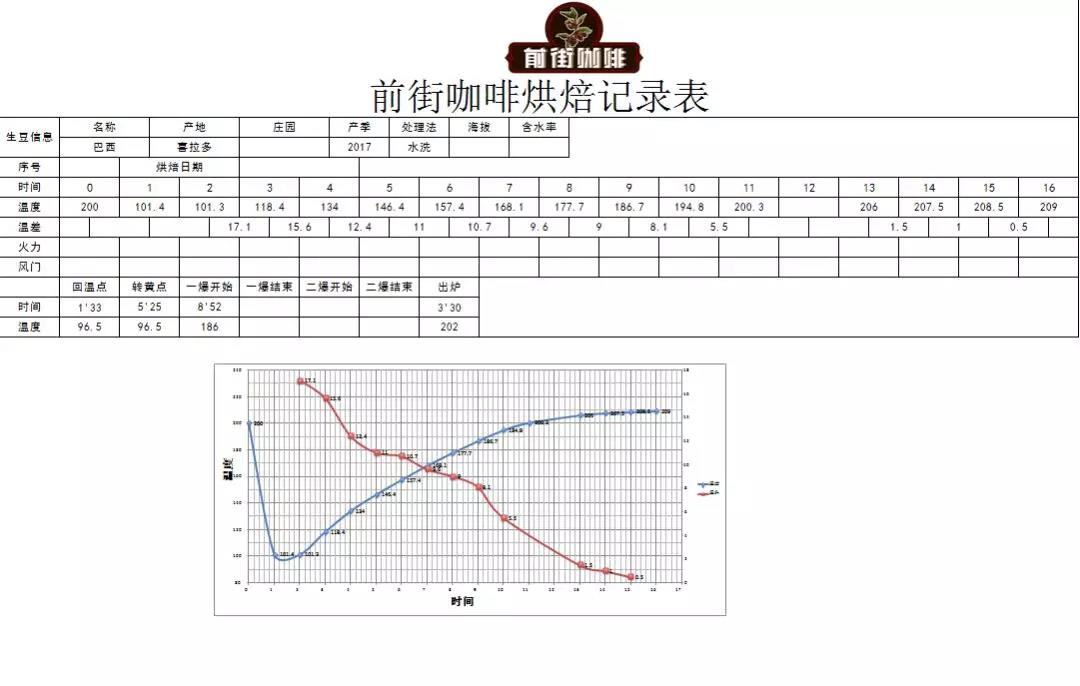
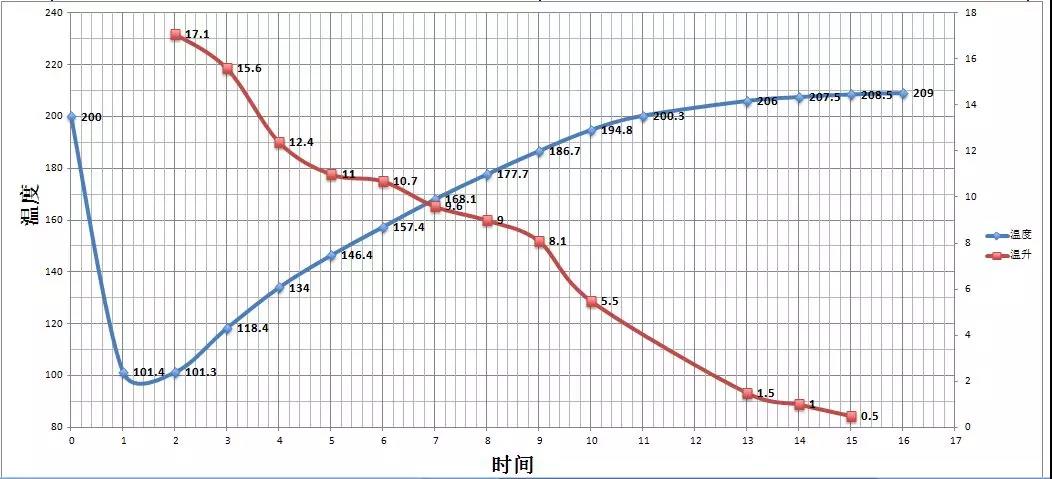
Commercial Brazil curve
Commercial Columbia Huilan
Flavor features: the taste is rich and solid, with a pleasant sour taste, mellow smell, moderate acidity, rich sweetness and very intriguing. Because the price is cheap, the beans are small, so they are suitable for blending coffee. Coffee has a strong taste and heavy texture.
Its nutty, chocolate and caramel aromas and suitable acidity can be called premium boutique coffee, suitable for single or Italian blended base.
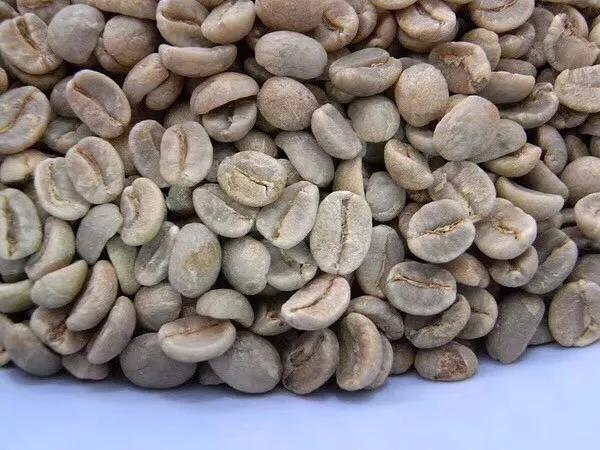
Water content: 12.5%
Colombian coffee plays many roles in the market, suitable for Italian blending, Colombia is generally 1500-1800 meters above sea level; mostly Catura species, washing treatment, high density, uniform bean eyes, full bean shape (bean core to bean table thick).
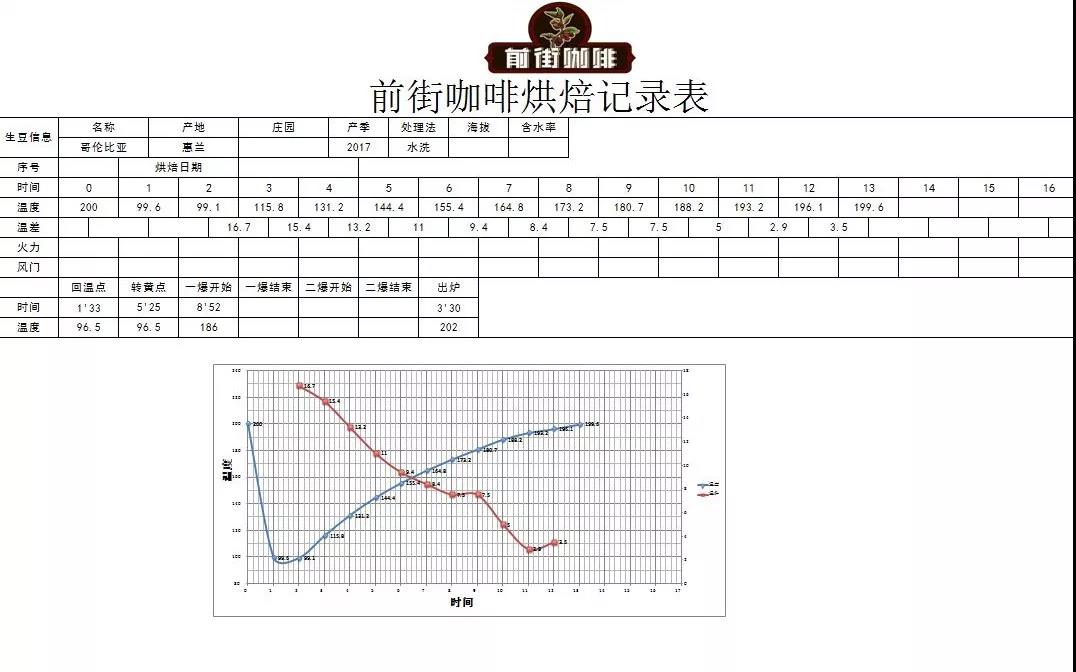
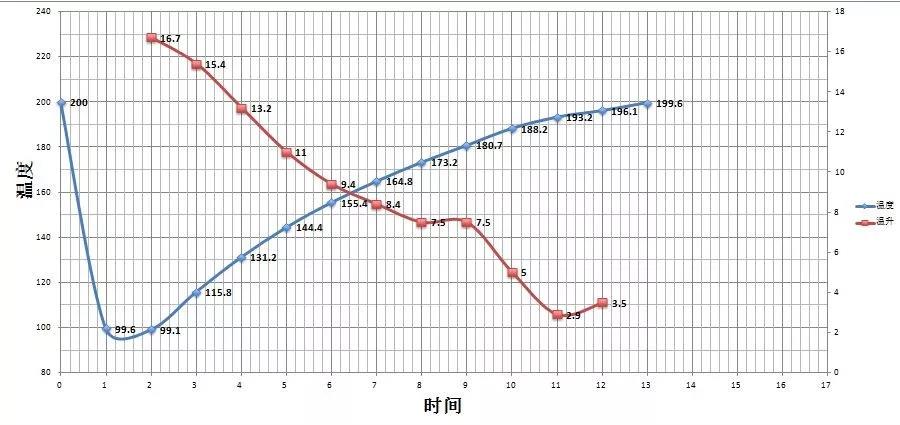
Commercial Columbia curve
According to the flavor characteristics of raw beans, I want to show the aromas of nuts, chocolate and caramel.
Baking method: stretch the baking time longer, so adjust the firepower when the dehydration is completed, bake to the maximum when the baking door is open to the maximum, and drop the beans close to 2 explosions.
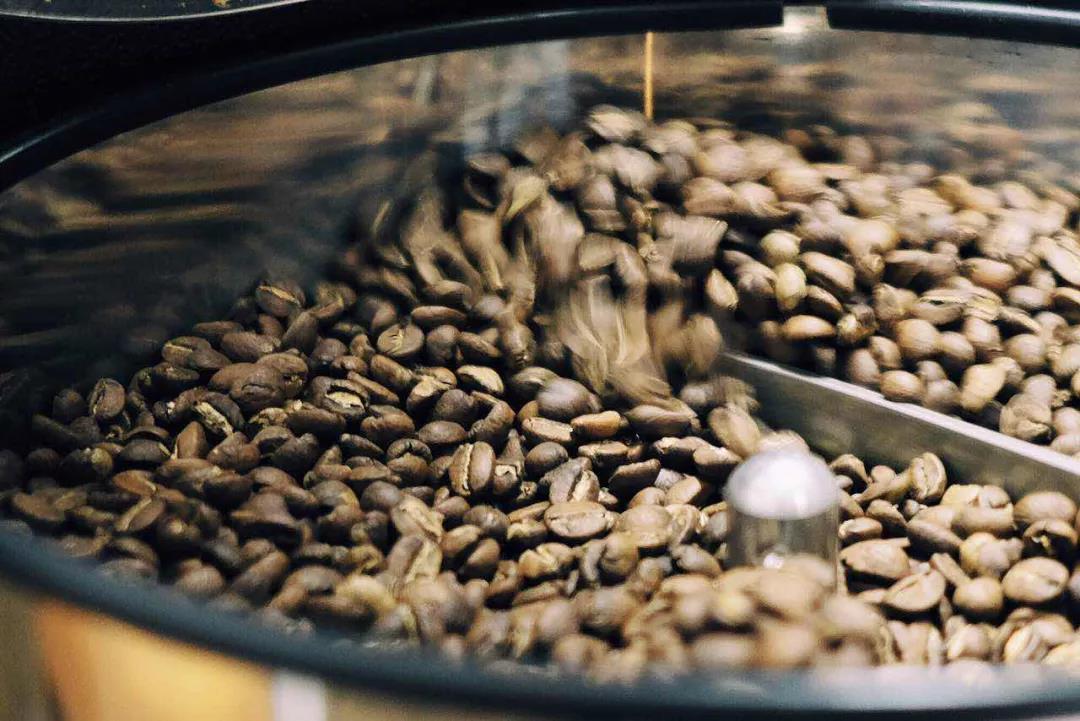
Cooked beans: Colombia
The longer the baking time, the lower the acidity, and the thickness and sweetness of the alcohol will increase, so how much you bake depends on what you want. Of course, the raw coffee beans in different producing areas and different treatment methods have different ways of expression.
Important Notice :
前街咖啡 FrontStreet Coffee has moved to new addredd:
FrontStreet Coffee Address: 315,Donghua East Road,GuangZhou
Tel:020 38364473
- Prev
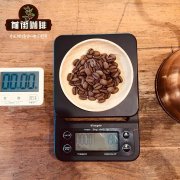
Dan Mengqi is Yega Xuefei? How do you drink Dan Mengqi coffee? how much is a pack of Dan Mengqi coffee beans?
Professional coffee knowledge exchange more coffee bean information please follow the coffee workshop (Wechat official account cafe_style) Ethiopia Danqi Dream (Danch Meng) 90 + shocked the boutique coffee industry for NinetyPlus! Level up is the sub-card of Ninety Plus, officially listed in 2013, adhering to the level of Ninety Plus on boutique coffee beans, still using them.
- Next
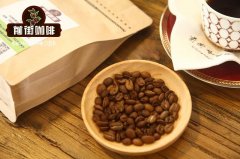
The difference between Dan Mengqi and Sun Yega Xuefei _ Dan Mengqi Coffee characteristics _ is Dan Mengqi Coffee expensive
Professional coffee knowledge exchange more coffee bean information please follow coffee workshop (Wechat official account cafe_style) 90mm, level up, medium light, cocoa, Ethiopia, hand brewed coffee, sun, juicy, plum, French pressure filter, filter coffee, flower aroma, blueberry aroma, dark chocolate, BlackBerry 90 + company Danqi Meng Coffee N2 treated beans, is 90 + male
Related
- Detailed explanation of Jadeite planting Land in Panamanian Jadeite Manor introduction to the grading system of Jadeite competitive bidding, Red bid, Green bid and Rose Summer
- Story of Coffee planting in Brenka region of Costa Rica Stonehenge Manor anaerobic heavy honey treatment of flavor mouth
- What's on the barrel of Blue Mountain Coffee beans?
- Can American coffee also pull flowers? How to use hot American style to pull out a good-looking pattern?
- Can you make a cold extract with coffee beans? What is the right proportion for cold-extracted coffee formula?
- Indonesian PWN Gold Mandrine Coffee Origin Features Flavor How to Chong? Mandolin coffee is American.
- A brief introduction to the flavor characteristics of Brazilian yellow bourbon coffee beans
- What is the effect of different water quality on the flavor of cold-extracted coffee? What kind of water is best for brewing coffee?
- Why do you think of Rose Summer whenever you mention Panamanian coffee?
- Introduction to the characteristics of authentic blue mountain coffee bean producing areas? What is the CIB Coffee Authority in Jamaica?

